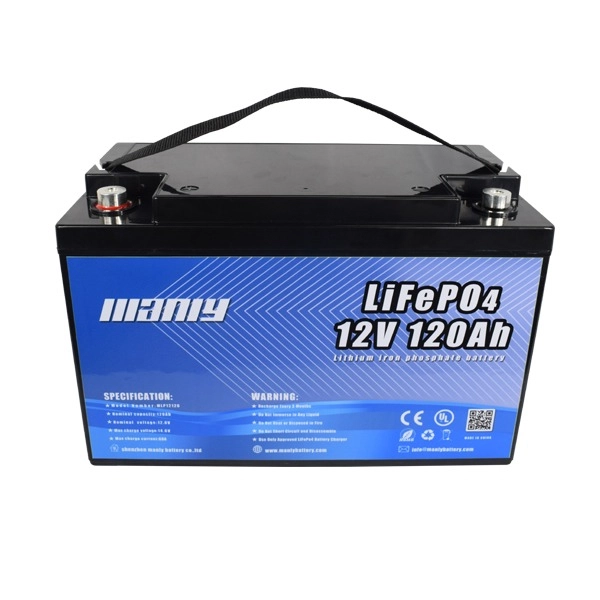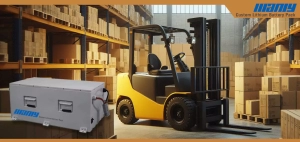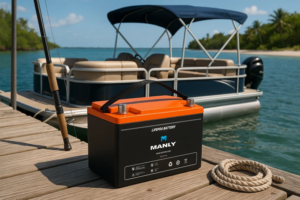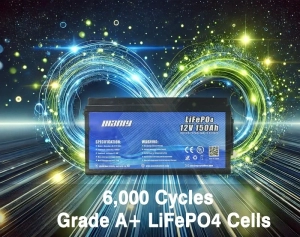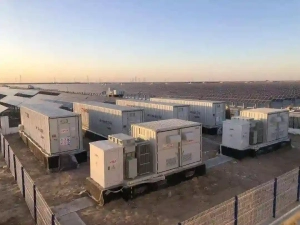5 advantages of using lithium iron phosphate batteries for energy storage in solar street lamps
Table of Contents
- 5 advantages of using lithium iron phosphate batteries for energy storage in solar street lamps
- Here are 5 advantages of using lithium iron phosphate batteries for energy storage in solar street lamps:
- 1. Efficiency in Charging
- 2. Excellent Performance For Discharge
- 3.More Suitable Size and Weight
- 4.Low Maintenance Cost and Long Service Life
- 5.Best Match for Street Lamps
- Lithium Ion Forklift Battery vs Lead Acid: Comprehensive Guide
- Pontoon Boat Battery Size and Setup Guide
- Group 24 vs 31 Battery: Key Differences & Applications
- 2023: The Price War in Energy Storage Battery Market
- Here are 5 advantages of using lithium iron phosphate batteries for energy storage in solar street lamps:
Here are 5 advantages of using lithium iron phosphate batteries for energy storage in solar street lamps:
1. Efficiency in Charging
Lithium iron phosphate batteries have a charging efficiency of 100%, compared to only 60% for lead-acid batteries. With a 100W solar panel, the lithium iron phosphate battery can store 45W-75W of electricity per day, while the lead-acid battery can only store 27W-45W. In other words, one lithium iron phosphate battery can achieve the charging effect of two lead-acid batteries. Therefore, with the same battery capacity, lithium iron phosphate batteries can supply 60W lamps, while lead-acid batteries can only supply 30W lamps.2. Excellent Performance For Discharge
The discharge voltage of lithium iron phosphate batteries is stable, and they can discharge 100% at room temperature. On the other hand, lead-acid batteries can only discharge up to 60-70%. The charging performance of lead-acid batteries is approximately half of the lithium iron phosphate battery, and the discharge can only release half of the lithium iron phosphate battery. For example, with the same 12V 50AH battery, the lithium iron phosphate battery can release 50AH of electricity. If the street lamp works for 10 hours every night, it can work continuously for two days. If the charging performance is only half of the state, the lead-acid battery can only release 12.5AH of electricity, which can only supply continuous work for half a day.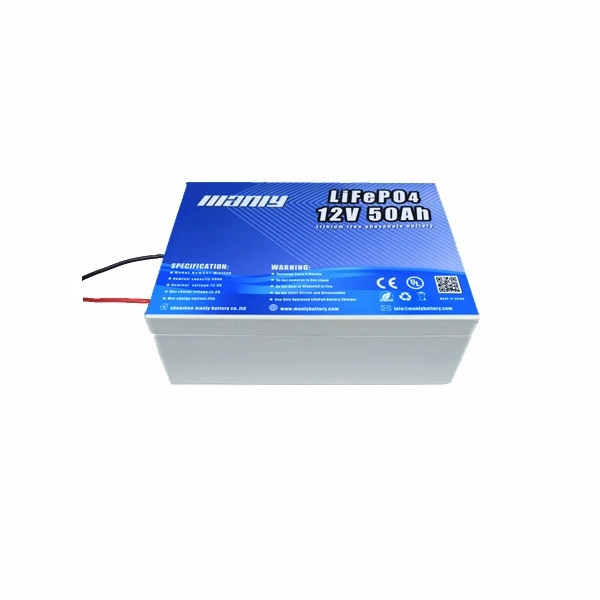
3.More Suitable Size and Weight
Lithium-ion batteries have a high volume ratio of up to 100wh/l, which means they have a smaller volume than lead-acid batteries. Additionally, they are not limited by space during installation. The weight of lithium iron phosphate batteries with the same capacity is only half that of lead-acid batteries. For instance, the size specification of a lithium iron phosphate battery 12V120AH is 260 x 169 x 218mm, and it weighs 16kg. Whereas, the size specification of a lead-acid battery 12V100AH is 407 x 173 x 210mm, and it weighs 32.7kg. Therefore, the lithium iron phosphate battery is smaller and lighter than the lead-acid battery.